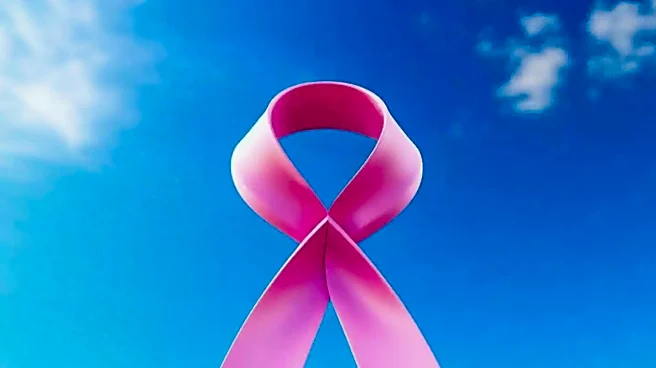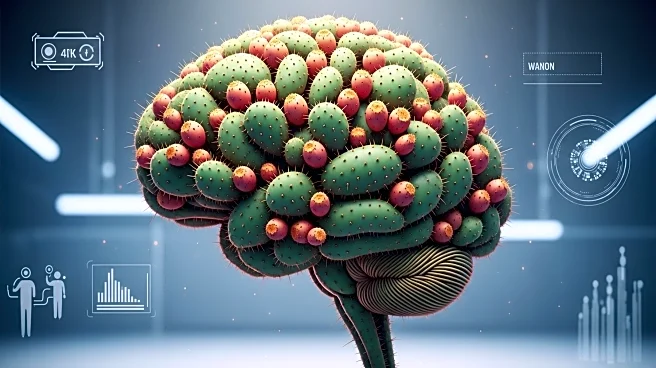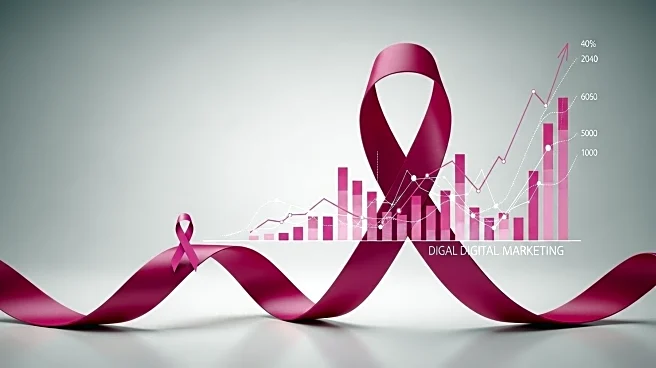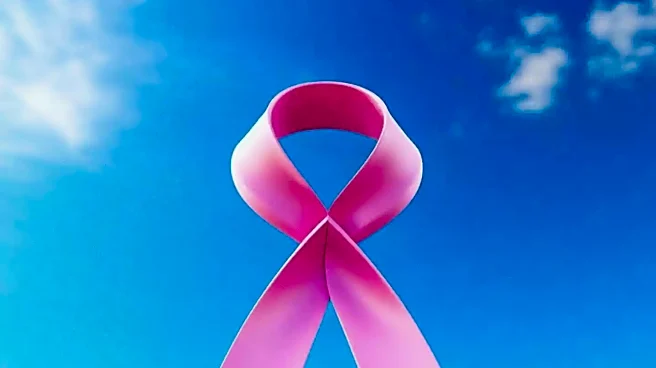What's Happening?
During Breast Cancer Awareness Month, experts emphasize the importance of understanding what a breast lump feels like. Clea Shearer, co-founder of The Home Edit, discovered a lump in her breast, leading to a cancer diagnosis. Experts like Dr. Arif Kamal from the American Cancer Society describe a breast lump as a round, hard area that is typically not painful and often fixed in place. The size can range from a pea to larger than a golf ball. Dr. Alyssa Cubbison from Ohio State University notes that cancerous lumps are firm and dense, and all new lumps should be evaluated by a professional. Susan Brown from Susan G. Komen lists warning signs such as lumps, swelling, and changes in breast appearance. Regular self-awareness and medical screenings are crucial for early detection.
Why It's Important?
Breast cancer affects one in eight women in the U.S., making awareness and early detection vital. Understanding the feel of a breast lump can lead to timely medical intervention, potentially saving lives. While monthly self-exams are not universally recommended, being familiar with one's own body can help identify changes early. This awareness can reduce anxiety and promote proactive health management. Regular screenings and consultations with healthcare providers are essential, especially for those with a family history of breast cancer.
What's Next?
Individuals are encouraged to maintain regular medical appointments and screenings. Those with a higher risk due to family history should discuss personalized screening plans with their doctors. The focus remains on increasing public awareness and education about breast health, encouraging women to understand their bodies and seek medical advice when changes occur.
Beyond the Headlines
The cultural shift away from routine self-exams to a more holistic awareness approach reflects evolving medical advice. This change aims to reduce self-blame and anxiety while promoting a more informed and empowered approach to personal health. The emphasis on understanding one's own body aligns with broader health trends focusing on personalized medicine and patient education.










